May 17, 2025 | 05:37 GMT +7
May 17, 2025 | 05:37 GMT +7
Hotline: 0913.378.918
May 17, 2025 | 05:37 GMT +7
Hotline: 0913.378.918
2023 is considered a difficult year for Vietnam's shrimp exports. In addition to the influence of many factors from the market, the high production cost also poses many challenges for Vietnam's shrimp in terms of competitiveness.
Mr. Truong Dinh Hoe, General Secretary of Vietnam Association of Seafood Exporters and Producers (VASEP), said that Vietnam's shrimp production cost is currently higher than that of other competitors in the world market, especially Ecuador. To be more specific, the cost to produce a kilogram of shrimp (50 shrimps/kg) in Vietnam is from US$3.5 to 4.2/kg, while in Ecuador it is only from US$2.2 to 2.4/kg, and in India is from US$2.7 - 3.0/kg.

Mr. Truong Dinh Hoe, General Secretary of VASEP, said that Vietnam's shrimp production cost is higher than that of other competitors in the . Photo: Kim Anh.
One of the reasons for the high cost of shrimp farming lies in the fact that shrimp farming has a relatively low success rate, approximately 40%. "We must definitely find out the cause, possibly from farmers accessing poor quality breeds, which reduces the success rate in the rearing process. Farmers have to raise shrimp again and again to get raw materials, taking a lot of time and costs. This is also the reason why the production cost in the final stage escalates." said Mr. Truong Dinh Hoa.
The leader of VASEP said that at present, the problem of poor shrimp seed quality has not been well controlled and quarantined in the market. The management of shrimp seed production is still loose, so it is difficult to assess the standards as well as the quality of the seeds as well as the planning of farming areas is still rampant. This situation pose many difficulties in regard to the supply of quality shrimp seed, disease outbreaks, and environmental pollution in farming ponds.
The high cost of design and operation of shrimp ponds also leads to an increase in production costs. Dr. Tran Huu Loc, Ho Chi Minh City University of Agriculture and Forestry, said, "Apart from direct costs such as food, labor, electricity, water, microbiology, farmers also invest too much in pond design costs. If farmers want to increase profits in shrimp farming, they can reduce production costs through many solutions, such as reducing stocking density, simplifying pond design, developing better disease risk management programs. The ultimate goal is to reduce investment costs in ponds".

Experts said that one of the reasons for the high cost of shrimp farming is that the success rate in the farming process is low at about 40%. Photo: Kim Anh.
Dr. Tran Huu Loc also emphasized the importance of effective land usage, in Ecuador, the rate of land use for shrimp farming is over 90%. Meanwhile, in Vietnam, the industrial super-intensive shrimp farming models use only 20% of the water surface.
Vietnam needs to have models with reasonable land use ratio. 40-50% of the area is used for shrimp farming in low density. 20% is for the water treatment area. When farming at low density, the level of water exchange is less, which will help farmers reduce the cost of water change and reduce the area used for water treatment. And approximately 30% of the remaining area is used for the waste treatment process by building a system of continuous ponds, raising black tilapia, mullet, and turning waste into biomass. A small part of the remaining area can be covered with mangroves to create a buffer zone for safer ponds.
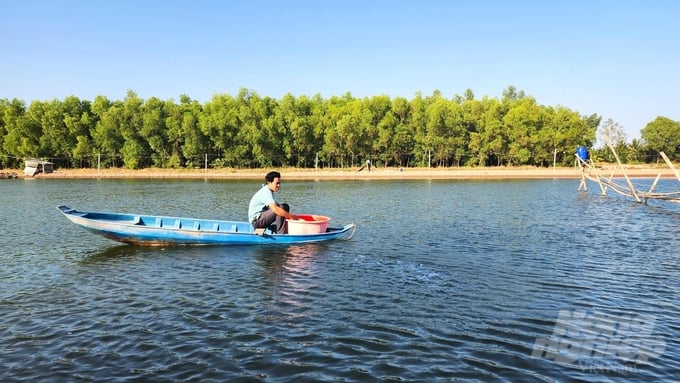
If farmers want to increase profits in shrimp farming, they can reduce production costs through many solutions. Photo: Kim Anh.
“Currently, the whole country has approximately 600,000 ha of extensive shrimp farming area. If the ponds can be built in the direction of no waste, it will reduce many conflicts of interest between shrimp farmers and extensive shrimp farmers. If there is a mangrove forest, it will be a nursery for natural aquatic species. Just changing the mindset will help growers achieve a lot of benefits, reduce the risk of disease, and thus reduce the cost of shrimp farming. The shrimp will ensure quality and safety for export," said Mr. Loc.
In 2023, Vietnam's seafood industry expects shrimp exports to reach over US$4.3 billion. At the same time, the target area for shrimp farming is 750,000 ha, with an output of about 1.08 million tons. The demand for shrimp broodstock is approximately 260,000-270,000 shrimps; shrimp seed demand will be approximately140-150 billion in 2023.
The shrimp industry has played an important role in Vietnam's seafood exports in recent years, contributing an average of 40-45% of the total value of seafood exports. Currently, Vietnamese shrimp has been exported to 100 countries and territories around the world, mainly major markets: the United States, EU, China, Japan, Korea, and Canada.
Translated by Hoang Duy
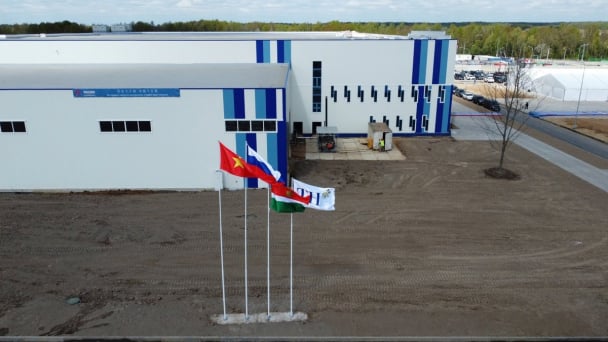
(VAN) Vietnam’s TH Group officially put its high-tech fresh milk processing plant into operation in the Russian Federation, marking a historic moment as the first TH true MILK cartons were produced in Russia.
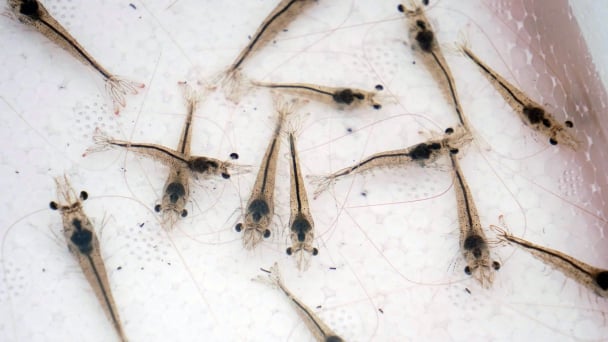
(VAN) Use of high-quality broodstock and biotechnology is regarded as the most effective approach to ensuring sustainable and economically viable shrimp aquaculture ahead of climate change and the emergence of increasingly intricate disease patterns.
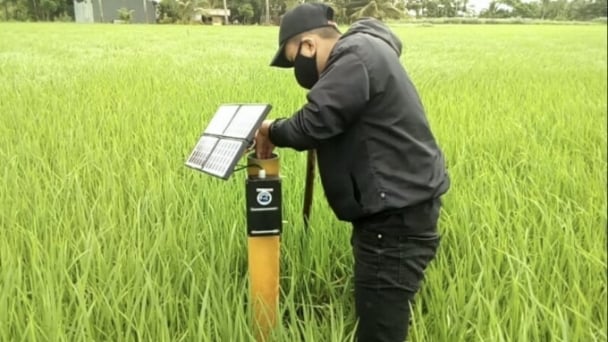
(VAN) Carbon farming is a form of agricultural practices that helps absorb more greenhouse gases than it emits, through smart management of soil, crops, and livestock.
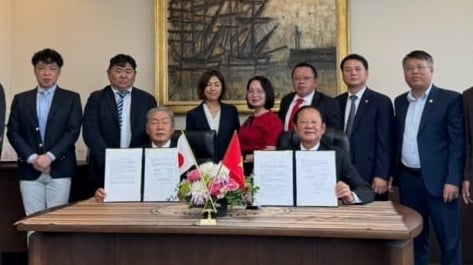
(VAN) This is a key content of the Memorandum of Understanding recently signed between the Vietnam Fisheries Society and Kunihiro Inc of Japan.
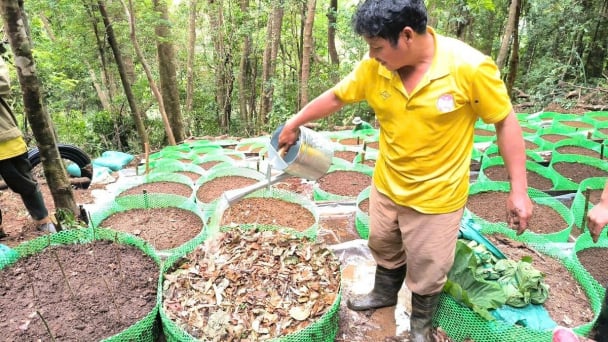
(VAN) To achieve the goal, local authorities and businesses in Kon Tum province have fully prepared the necessary conditions for the new Ngoc Linh ginseng planting season.
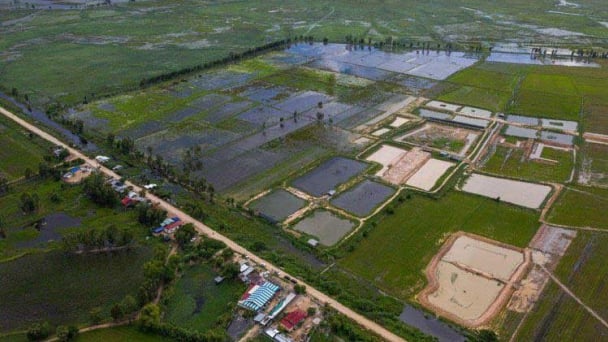
(VAN) Jiangsu province is gearing up to host training programs in Phnom Penh, the capital of Cambodia, this year to establish the Fish and Rice Corridor.
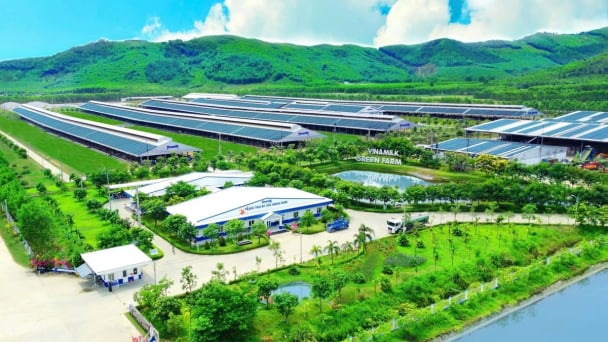
(VAN) Le Hoang Minh, representing Vinamilk, shared the company's experience in energy saving and green energy transition for production at a workshop held during the P4G Summit.